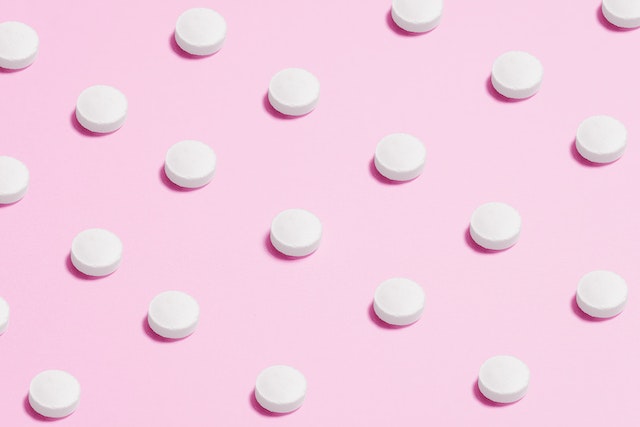The pharmaceutical sector is an expanding sector of the economy. Pharmaceuticals are one of the most expensive aspects of healthcare and have been found to account for over 18% of overall healthcare costs. Many people have been prescribed medications to treat various diseases and ailments, making it important for patients to know which drugs offer better treatment results. There are two main types of pharmaceuticals: generic and brand drugs. Here we shall discuss five differences between generic and brand medications.
1- Price
Brand medications are expensive due to the high cost encountered in the product’s research, development, production, and testing. Pharmaceutical companies must invest very high amounts of capital in producing brand medications, which is why brand medications tend to be more expensive than generic medications. A prescription discount card with insurance coverage can help reduce prescription expenses for patients who pay cash for their drugs.
Generic medicines are cheaper than brand medicines because each production stage involves low costs. Production as a generically-produced drug product is less costly than it is in brand pharmaceutical products. The raw materials used in the generically produced drugs have low prices and are widely available. The quality is not compromised due to using cheap and easily accessible raw materials. Labeling, packaging, and distribution costs are minimal in generically produced drugs.
2- Manufacturing Process
Generic medications can be manufactured domestically and internationally, depending on the company policy and shipment requirements of consumers. Manufacturing can be done with several different processes, such as manual, semi-automated, automated, and batch-production methods. The production process largely depends on the preferences of top management of the manufacturing firms and the projected sales volume.
The production process for brand medications is more complicated than that of generics. They are produced in a company-owned or rented plant under the manufacturer’s supervision. The production process involves various methods, such as manual, semi-automated, or automated batch-production methods. The production of brand medications is labor-intensive, and there is a high cost associated with each unit produced.
3- Quality Control and Quality Assurance
Generic production provides safety and quality control through FDA inspection by authorized domestic and international subcontractors, among which there are several certified agencies. The inspections ensure the manufacture of high-quality products with high standards. The FDA conducts the assessment of brand medications, which follows up and tests each successful formulation of medicine, maintains records, and collects reports from independent sources. The FDA also organizes reviews at the regional, national, and international levels to ensure that medications are safe for public use.
Brand medications are manufactured under strict quality control and quality assurance measures. FDA guidelines are followed, and the company is responsible for verifying the quality of products and assuring that production is carried out under the required conditions. The company also tests each successful medicine formulation to ensure its safety for public use.
4- Prescription Drug Distribution and Marketing
Generic medicines are distributed under a prescription, and the manufacturer sells only to pharmacies. The manufacturer reserves the right to sell bulk drugs to distributors, wholesalers, and pharmacists who request them. The company retains the interest in maintaining a certain stock level so it can meet demand while at the same time supplying the consumer market with products that reflect its quality.
Brand medications have a higher demand among consumers than their generic counterparts. There is no limit to the quantity of marketing a product can display. Brand medications are sold in an active or retail market form. The manufacturer may also decide to promote its brand product to the patient at the hospital or clinic before selling it to consumers. You can do brand product marketing through mass advertising, direct response, telephone, and door-to-door sales.
5- Flavoring and Preservatives Can Alter Formulation
Generic medicines are generally formulated to meet consumers’ recommended levels of dosages. Most generic products contain active ingredients without adding inactive ingredients, such as flavoring, colorants, and preservatives. These ingredients do not change the content of the active ingredients in these medicines.
Brand medications are produced by using inactive ingredients during formulation and packaging. The company may prefer to use preservatives or other chemicals while manufacturing the drug to ensure its safety for public use or maintain shelf life properly. A change in inactive ingredient content can lead to changes in dosage and a possible difference in effectiveness or safety between generic and branded products.





